Mangosteen (Garcinia mangostana), often called the “Queen of Fruits,” is a tropical delicacy prized for its luscious taste, health benefits, and market value. Native to Southeast Asia, mangosteen is a strictly tropical fruit that flourishes only in specific climate conditions. While its flavor and nutritional profile have drawn global attention, successful cultivation hinges almost entirely on climatic compatibility.
Understanding where mangosteens thrive isn’t just an academic exercise—it’s vital for farmers, agricultural investors, and policymakers seeking to expand or introduce mangosteen farming in suitable zones. In this article, we explore the climatic requirements of mangosteen, the top growing zones, and how emerging regions are tapping into this climate-sensitive crop.
Understanding Mangosteen’s Climate Requirements
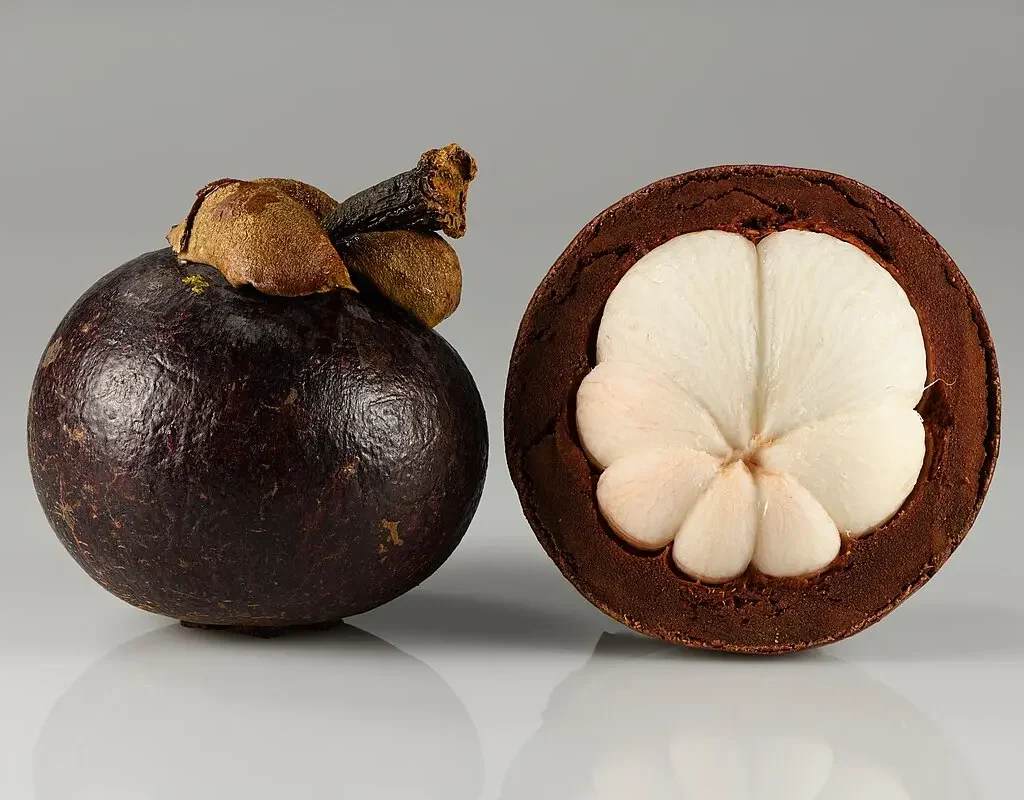
Mangosteen is highly sensitive to climatic variables. Unlike hardy temperate crops, it has a narrow window of environmental tolerance. The fruit’s success depends on the harmonious interplay of temperature, humidity, rainfall, and soil moisture.
Ideal Conditions for Mangosteen Growth:
| Factor | Optimal Range |
|---|---|
| Temperature | 25°C – 35°C (77°F – 95°F) |
| Annual Rainfall | 1,200 mm – 2,500 mm |
| Humidity | Above 80% (year-round) |
| Altitude | 0 – 800 meters (above sea level) |
| Soil Type | Deep, well-drained loamy or alluvial |
| Soil pH | 5.5 – 6.8 |
| Sunlight | Partial shade to full sunlight |
Mangosteen is intolerant of drought, frost, and waterlogging. A dry spell of even 3–4 weeks can hinder flowering, while cold temperatures below 5°C (41°F) can kill young trees.
Top Climate Zones Where Mangosteens Thrive
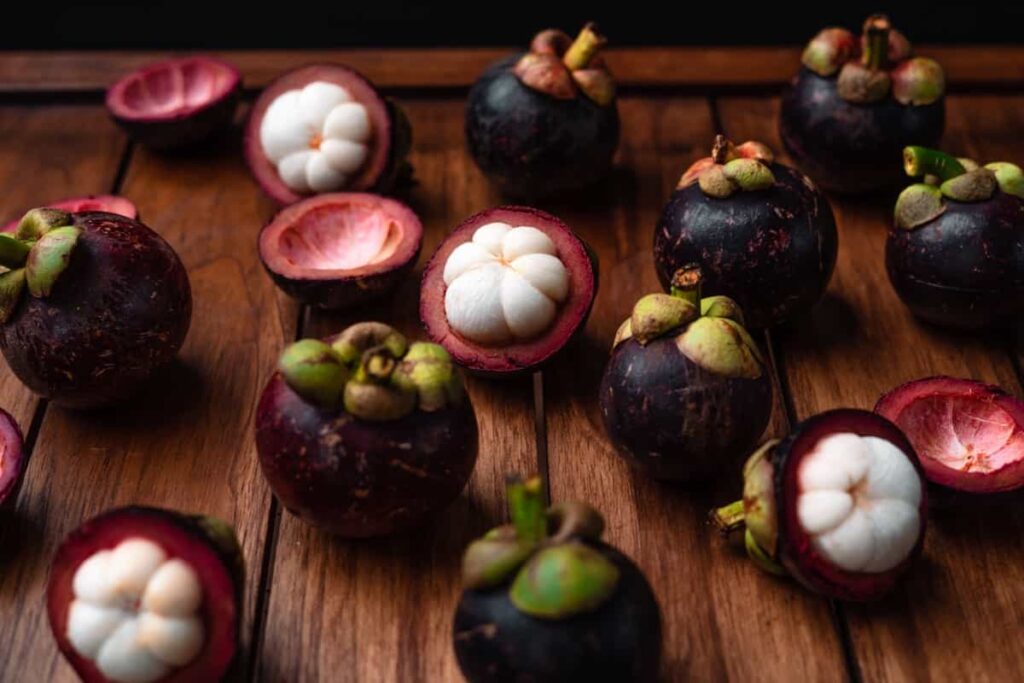
1. Southeast Asia – The Native Home and Optimal Zone
Southeast Asia provides the most ideal climate for mangosteen cultivation due to its consistent heat, humidity, and rainfall.
a. Thailand
- Key Regions: Chanthaburi, Rayong, Trat, and the southern peninsula
- Climate: Tropical monsoon with annual rainfall of 1,800–2,500 mm
- Strengths: Warm summers, mild winters, high humidity, and ideal loamy soil
Thailand is the world’s top producer of mangosteen, thanks to its perfect climate and strong agricultural infrastructure.
b. Indonesia
- Key Regions: Java, Sumatra, Sulawesi
- Climate: Equatorial with consistent heat and rainfall year-round
- Unique Advantage: Volcanic soil enriches nutrition and flavor of fruit
c. Malaysia
- Key Regions: Pahang, Johor, Selangor, Perak
- Climate: Humid tropical with frequent rainfall
- Why It Works: Balanced diurnal temperature, fertile soil, and high humidity
d. The Philippines
- Key Regions: Davao (Mindanao), Cotabato, Sulu
- Climate: Tropical rainforest and monsoon, high rainfall zones
- Benefits: Reliable monsoon, deep alluvial soil, and increasing irrigation systems
These countries have grown mangosteen for centuries and represent the global benchmark for ideal climate zones.
2. South Asia – Expanding Tropical Margins
While not native, several regions in South Asia have tropical belts that mimic Southeast Asian conditions.
a. India
- Key States: Kerala, Karnataka, Tamil Nadu, Assam, and parts of Maharashtra
- Climate: Tropical monsoon and sub-humid tropical
- Annual Rainfall: 1,500–2,500 mm in Western Ghats and NE states
India’s Western Ghats and northeastern states provide year-round humidity, rich loamy soils, and temperatures favorable to mangosteen. With increasing demand, India is emerging as a regional leader outside Southeast Asia.
b. Sri Lanka
- Key Zones: Kandy, Galle, Ratnapura
- Climate: Tropical rainforest with consistent rainfall
- Strength: Ideal humidity and soil for premium-quality fruit
Mangosteen farming in Sri Lanka is well-suited to the southern wet zone, which shares climatic similarities with Malaysia and southern India.
3. South America – Tropical Pioneers in the Western Hemisphere
Tropical South American countries are emerging climate-matching zones for mangosteen cultivation.
a. Brazil
- Key Areas: Bahia, Pará, and parts of the Amazon
- Climate: Tropical rainforest and equatorial zones
- Benefits: Rain-abundant areas, fertile Amazonian soil, long growing season
Brazilian mangosteen is still in early stages but shows promise due to similar temperature and rainfall profiles as Southeast Asia.
b. Colombia
- Regions: Caribbean lowlands and Magdalena Valley
- Climate: Hot and humid tropical lowland
- Strengths: Strategic location for exports to U.S. and Latin markets
Colombia has invested in controlled environment orchards, capitalizing on its tropical climate and proximity to high-value export markets.
4. Africa – An Emerging Mangosteen Frontier
East Africa’s tropical highlands and coastal zones have begun experimenting with mangosteen cultivation, with early success.
a. Kenya
- Key Zones: Coast, Kisii Highlands
- Climate: Tropical coastal with high humidity
- Opportunities: Year-round warmth, rich volcanic soil, and global shipping access
b. Uganda
- Regions: Western and central zones
- Climate: Tropical rainforest with 1,200–2,000 mm annual rainfall
Although still nascent, African nations are increasingly seen as climate-compatible with the potential to fill global demand gaps during Southeast Asia’s off-season.
5. Pacific and Island Nations
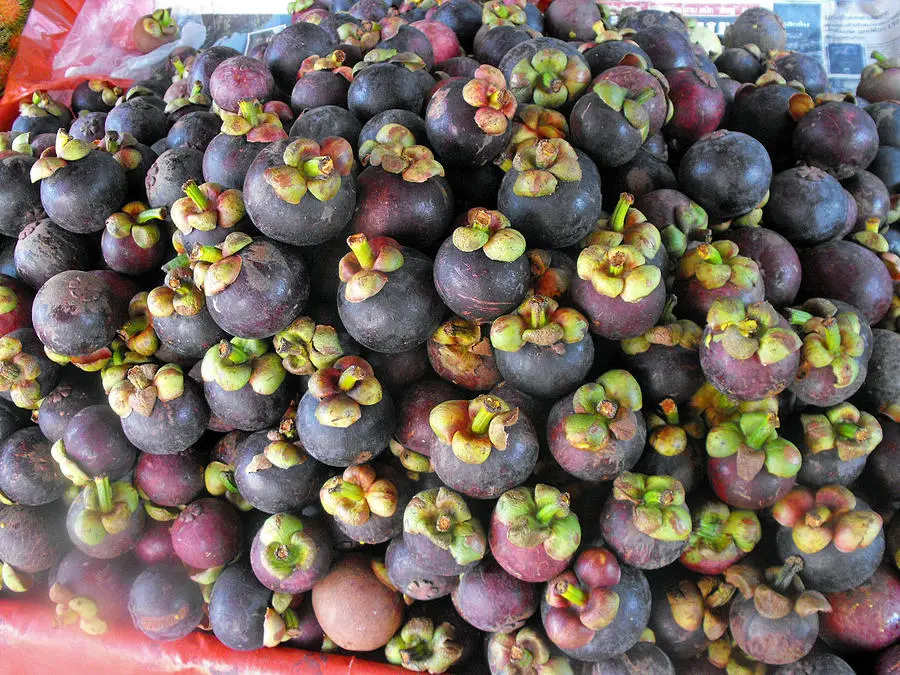
Some tropical islands and coastal belts in Oceania have suitable climates for niche mangosteen production.
a. Hawaii (USA)
- Regions: Big Island (Hilo, Puna)
- Climate: Humid tropical with frequent rainfall
- Constraints: High production cost and limited land
Hawaiian mangosteens are sold in gourmet markets and organic chains, offering premium-quality, locally grown fruit in the U.S. market.
6. Challenges in Marginal Zones
Despite rising interest, mangosteen cannot thrive in temperate or arid climates, even with greenhouses or irrigation.
Unsuitable Conditions:
- Sub-zero temperatures or frost-prone zones
- Prolonged drought or low humidity
- Waterlogged lowlands or saline soils
- High altitude zones (>800 m)
Examples include most parts of North America, Europe, the Middle East (except for high-tech greenhouse operations), and inland China. These regions rely entirely on imports.
Microclimates: The Secret to Expansion
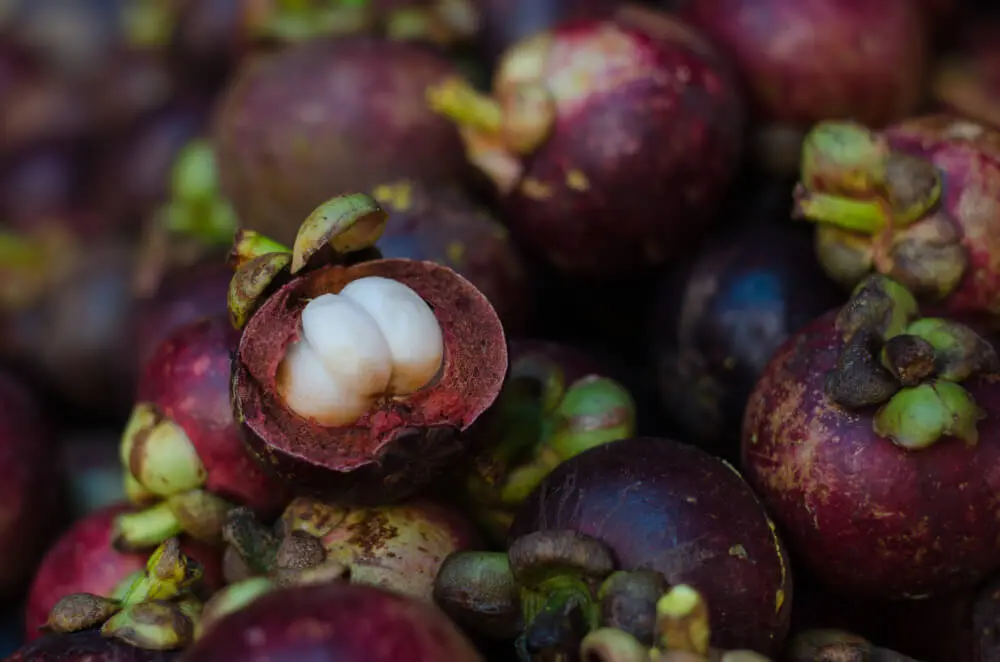
With climate change creating microclimatic shifts, areas previously unsuitable are becoming new trial grounds. For instance:
- Assam (India) now experiences humidity levels ideal for mangosteen during the pre-monsoon months.
- Colombian valleys, once drier, are adapting through water harvesting and agroforestry.
- Protected cultivation techniques, like shade net houses and rain shelters, allow expansion into semi-humid zones.
Comparative Climate Summary Table
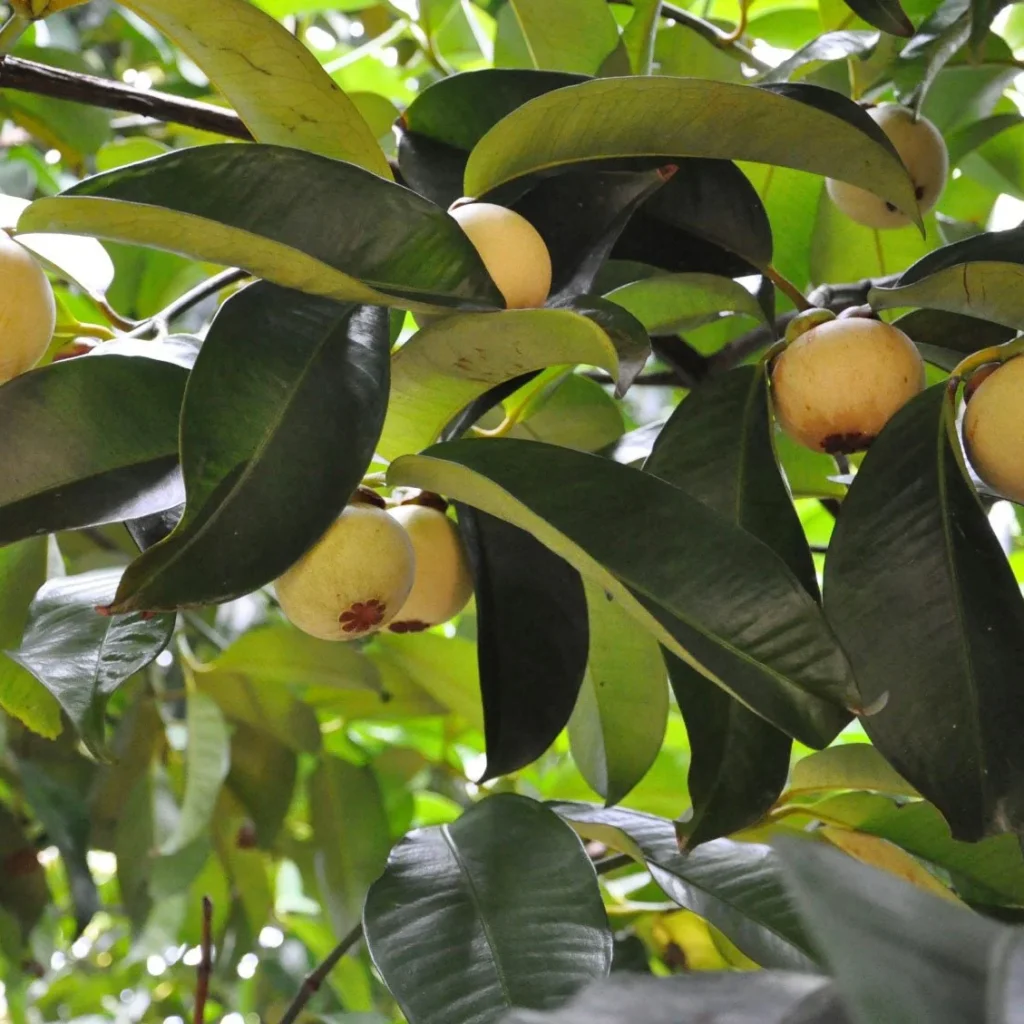
| Region | Avg Temp (°C) | Annual Rainfall (mm) | Humidity | Suitability Level |
|---|---|---|---|---|
| Thailand (East) | 27–32 | 2,000–2,500 | 85–90% | Excellent |
| Kerala (India) | 25–30 | 1,500–2,200 | 80–90% | Excellent |
| Davao (Philippines) | 26–32 | 1,800–2,400 | 85%+ | Excellent |
| Pará (Brazil) | 26–34 | 2,000–2,800 | 80–88% | Good |
| Colombia (North) | 27–32 | 1,200–2,000 | 78–85% | Good |
| Kenya (Coast) | 25–31 | 1,300–1,800 | 80%+ | Moderate-Good |
| Hawaii (USA) | 24–30 | 1,500–2,500 | 75–85% | Good (small scale) |
| Central China | 15–25 | <1,200 | 50–70% | Unsuitable |
| Europe | <20 | Seasonal | 50–70% | Unsuitable |
Conclusion: Climate Is King in Mangosteen Farming
Mangosteen is a climate-sensitive crop that rewards farmers only when grown in the right zones. Southeast Asia remains the gold standard due to its natural harmony of heat, humidity, and rainfall. However, emerging tropical regions in Africa, Latin America, and South Asia are proving that with careful management and proper site selection, mangosteen can flourish far beyond its native roots.
Key Takeaways:
- Mangosteen requires consistent heat, humidity, and rainfall to thrive.
- It grows best in low-elevation tropical zones with well-drained soil.
- Southeast Asia, parts of South America, India, and East Africa are current and future leaders in production.
- With climate adaptation strategies, new frontiers are opening for this exotic superfruit.
As the global market continues to value mangosteen’s health benefits and flavor, understanding and utilizing its ideal climate zones will be the key to sustainable expansion in the years ahead.

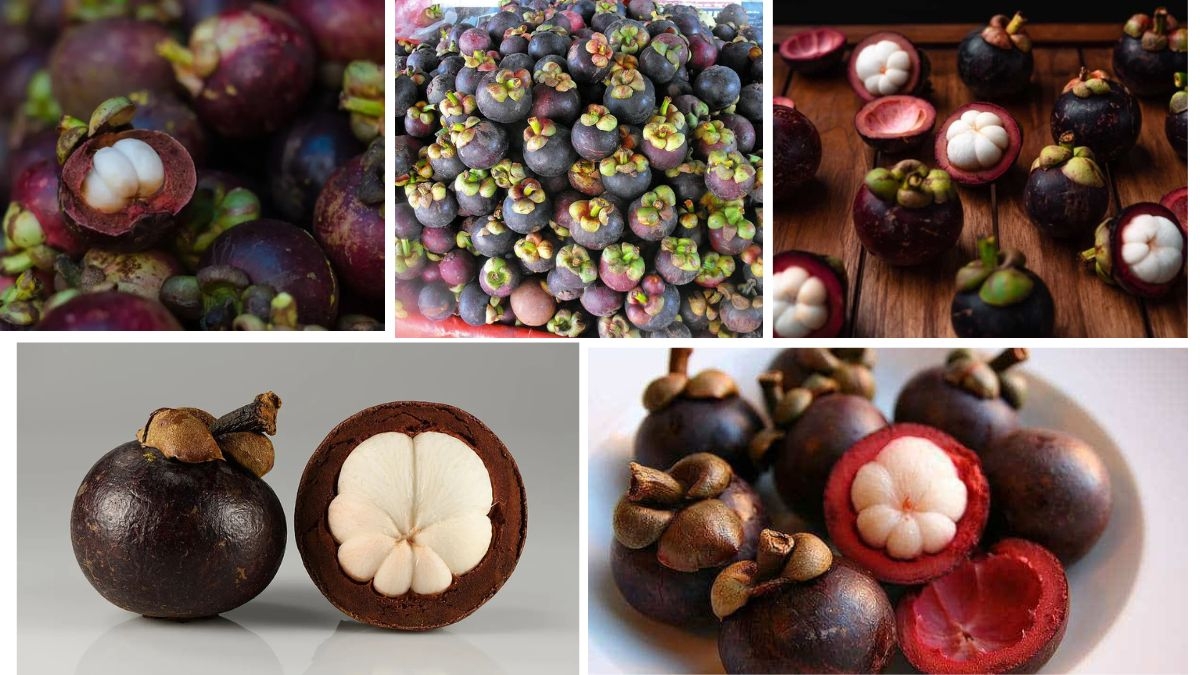
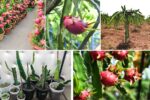
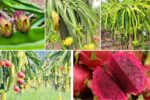


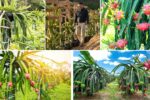
Leave A Comment